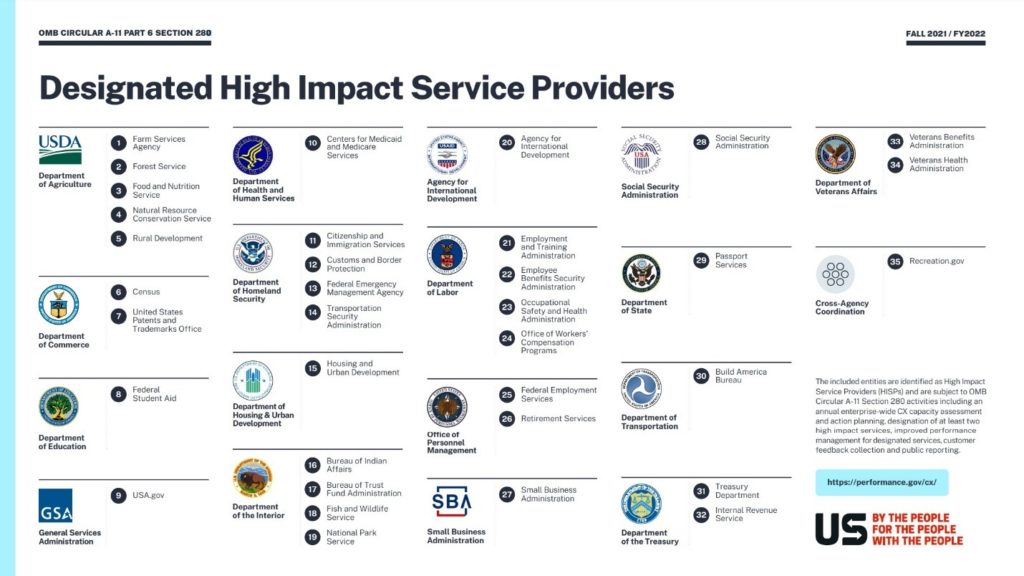Week in Regulation
December 20, 2021
Lamp Rule Provides Highlight of the Week
While there were 10 regulatory actions with some measurable economic impact, most of them were relatively mundane and insignificant. There was, however, one that shone considerably brighter than the rest. A Department of Energy (DOE) proposed rule on energy efficiency standards for lamps produced billions in potential total costs. Across all rulemakings, agencies published $5.3 billion in total net costs but cut 416,020 annual paperwork burden hours.
REGULATORY TOPLINES
- Proposed Rules: 50
- Final Rules: 74
- 2021 Total Pages: 71,678
- 2021 Final Rule Costs: $21.6 billion
- 2021 Proposed Rule Costs: $205.1 billion
NOTABLE REGULATORY ACTIONS
The most significant rulemaking of the week, by far, was the DOE proposal regarding “Energy Conservation Program: Backstop Requirement for General Service Lamps.” The proposed rule is the latest episode in the regulatory action (and non-action) saga dating back to at least 2016. In short, though, the proposal represents the determination by the Biden Administration DOE that efficiency standards for such lamps require updating because the Trump-era DOE “failed to complete a rulemaking regarding general service lamps in accordance with certain statutory criteria.” The agency estimates that these new standards will bring approximately $178 million in annualized costs (or roughly $5.3 billion in total costs over a 20-year window).
TRACKING THE ADMINISTRATIONS
As we have already seen from executive orders and memos, the Biden Administration will surely provide plenty of contrasts with the Trump Administration on the regulatory front. And while there is a general expectation that the new administration will seek to broadly restore Obama-esque regulatory actions, there will also be areas where it charts its own course. Since the AAF RegRodeo data extend back to 2005, it is possible to provide weekly updates on how the top-level trends of President Biden’s regulatory record track with those of his two most recent predecessors. The following table provides the cumulative totals of final rules containing some quantified economic impact from each administration through this point in their respective terms.
![]()
The main action of the week for the Biden Administration came in the form of a proposed rule, but there was some movement on the final rule front, too. In fact, both costs and paperwork from final rules decreased modestly. A Department of Justice immigration rule reduced total costs by roughly $101 million and a Treasury rule regarding “Community Reinvestment Act Regulations” included an annual paperwork burden reduction of nearly 490,000 hours. In terms of action across the two preceding administrations, the most notable shift came in the form of a roughly $600 million spike in Obama-era costs. An Environmental Protection Agency rule on “Protection of Stratospheric Ozone: Ban on the Sale or Distribution of Pre-Charged Appliances” provided the bulk of this increase with $450 million in total costs.
THIS WEEK’S REGULATORY PICTURE
This week, the Biden Administration wants to “transform” federal government service delivery.

On December 13 President Biden signed the “Executive Order on Transforming Federal Customer Experience and Service Delivery to Rebuild Trust in Government.” Put simply, the order aims to streamline delivery of government services.
One way the order aims to do that is by reducing government paperwork. In the order, President Biden writes that “the annual paperwork burden imposed by executive departments and agencies on the public has been in excess of 9 billion hours. That number is too high.” To address the problem, the order directs agencies to take specific steps to streamline information gathering and service delivery.
Among the specific instructions, the Treasury Department is directed to consider increased use of automatic direct deposit tax refunds and to develop a system to allow more customers to schedule callbacks when they need help with tax filings. The Department of Labor is to rewrite its rules to allow workers’ compensation recipients to use telehealth platforms and eliminate those rules that require hard-copy submission of paperwork.
The Department of Health and Human Services has perhaps the largest to-do list. Included among its tasks is the development of new online tools to help Medicare and Medicaid enrollees, guidelines for telehealth providers to prevent them from running afoul of the Health Insurance Portability and Accountability Act, and methods to allow for automated patient access to prenatal, birth, and postpartum health records. Among other specified goals is allowing for online passport renewal and Social Security services.
To encourage ongoing improvements, the Office of Management and Budget (OMB) has designated 35 agencies as High Impact Service Providers (HISPs) (see image above). HISPs were so designated because of “the volume and types of benefits, services, and programs they deliver to the public.” Those designated as HISPs will be required to “annually designate a limited number of services for prioritized improvement.”
For more information on the executive order and its specific priorities, view the associated fact sheet.
TOTAL BURDENS
Since January 1, the federal government has published $226.7 billion in total net costs (with $21.6 billion in new costs from finalized rules) and 156.2 million hours of net annual paperwork burden increases (with 130.3 million hours in increases from final rules).












